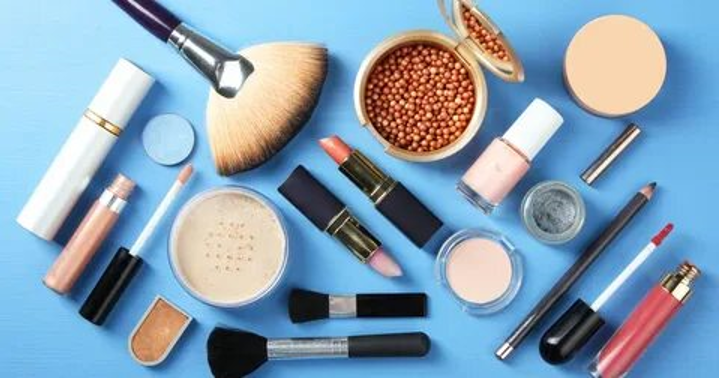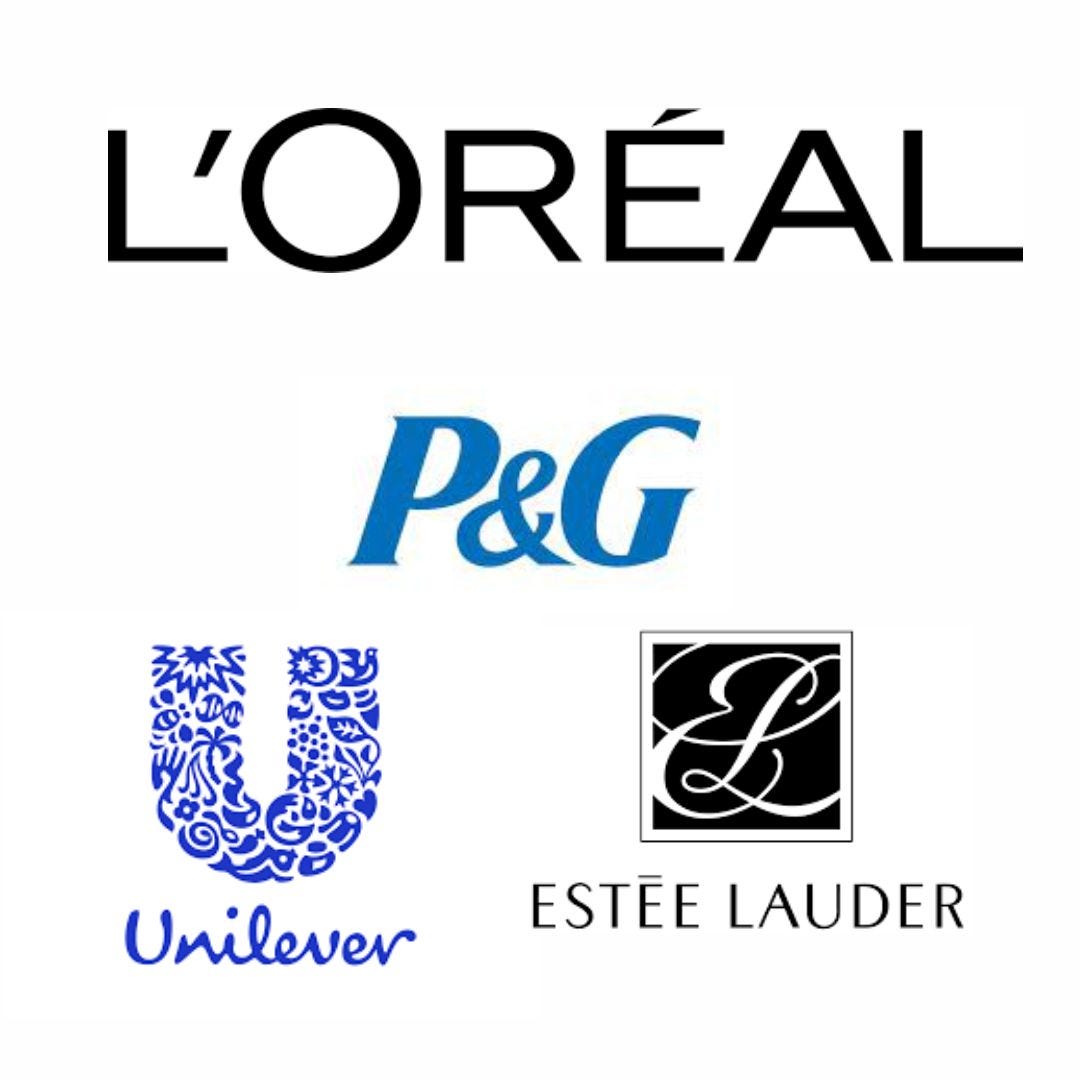The Beauty and Personal Care industry is experiencing a transformative growth trajectory, fueled by changing consumer preferences, technological advancements, and a global emphasis on self-care. In this blog, we will delve into the dynamic landscape of the Beauty and Personal Care industry, analyzing market trends, researching industry reports, and understanding the factors contributing to its substantial growth. Let’s embark on a journey to explore the nuances of this flourishing industry.
Beauty & Personal Care Market Analysis

The Beauty & Personal Care market in India is projected to generate a revenue of US$30.54bn in 2023. This market is expected to witness an annual growth rate of 3.04% (CAGR 2023–2028). The largest segment within this market is the Personal Care segment, which is estimated to have a market volume of US$13.81bn in 2023. This growth is attributed to several key factors:
1. Changing Consumer Preferences: Evolving beauty standards and an increasing focus on personal well-being have shifted consumer preferences towards products that enhance both physical appearance and overall health.
2. Innovation in Product Formulations: The industry has witnessed a surge in product innovation, with companies investing in advanced formulations that incorporate natural ingredients, sustainable practices, and cutting-edge technology.
3. Rise of Indie Beauty Brands: The emergence of independent or indie beauty brands has disrupted the traditional market, offering unique and niche products that resonate with specific consumer segments seeking authenticity and personalization.
4. E-commerce Dominance: The e-commerce boom has revolutionized the beauty and personal care retail landscape. Online platforms provide consumers with a wide array of product choices, personalized recommendations, and convenient shopping experiences.
Beauty & Personal Care Market Research Reports
In-depth market research reports offer a comprehensive understanding of industry dynamics, consumer behavior, and emerging trends. The research reports highlight key aspects such as market size, segmentation, and growth opportunities. These reports are valuable resources for businesses aiming to stay competitive and innovative in the beauty and personal care sector.
Market Size: The beauty and personal care market size is continually expanding, with a compound annual growth rate (CAGR) of around 4–5%. The market is segmented into categories such as skincare, haircare, fragrance, cosmetics, and more.
Segmentation and Consumer Preferences: Research reports delve into consumer demographics and preferences, providing insights into which segments are witnessing higher demand. For example, the skincare segment is currently experiencing robust growth due to increased awareness of skin health.
Regional Analysis: Market research offers a regional breakdown, highlighting variations in consumer behavior and market dynamics. Regions such as Asia-Pacific are significant contributors to market growth, driven by a burgeoning middle class and a growing focus on personal grooming.
Beauty & Personal Care Market Players

The beauty and personal care market major players are indicative of its significant impact on the global economy. As of the latest data, the industry’s market share is distributed among major players such as:
1. L’Oréal: L’Oréal is a global beauty giant, dominating the market with a diverse portfolio of skincare, haircare, makeup, and fragrance products. The company’s commitment to innovation and sustainability has contributed to its substantial market share.
2. Procter & Gamble (P&G): P&G is a multinational consumer goods company with a robust presence in the beauty and personal care sector. Brands like Pantene, Olay, and Gillette contribute significantly to P&G’s market share.
3. Unilever: Unilever is known for its extensive range of beauty and personal care brands, including Dove, Axe, and Tresemmé. The company’s commitment to sustainability and social responsibility has resonated with consumers, contributing to its market share.
4. Estée Lauder: Estée Lauder is a prominent player in the premium beauty segment, with a focus on skincare, makeup, and fragrance. The company’s commitment to luxury and innovation has secured its position in the market.
Beauty & Personal Care Market Growth and Revenue

The beauty and personal care market’s growth and revenue are fueled by various factors, including:
1. Premiumization Trend: The premiumization trend, marked by the increasing demand for high-end and luxury beauty products, is contributing to the industry’s revenue growth. Consumers are willing to invest in products that offer quality and perceived exclusivity.
2. Men’s Grooming Segment: The men’s grooming segment is experiencing remarkable growth, with an increasing number of men incorporating skincare and grooming products into their daily routines. This trend is expanding the market and diversifying product offerings.
3. Influence of Social Media: Social media platforms play a pivotal role in shaping beauty and personal care trends. Influencers and beauty content creators contribute to the industry’s growth by showcasing products and influencing consumer preferences.
4. Rise of Clean Beauty: The rise of clean beauty, characterized by products with transparent ingredient lists and sustainable practices, is resonating with environmentally conscious consumers. This trend is driving innovation and influencing purchasing decisions.
5 Top Cosmetics Industry Trends to Watch in 2023 and Beyond
1. Impact of Economic Uncertainty on Consumers
As the COVID-19 pandemic receded, the cosmetics industry bounced back in 2021, but beauty brands face a host of new challenges in 2023 given the impact of inflation, an uncertain economy, and geopolitical tensions.
2. An Emphasis on Sustainability
Sustainability strategies are no longer just the preserve of niche companies, according to report From Sustainability to Purpose in Beauty. Multinational corporations have rolled out a variety of new sustainability initiatives.
L’Oréal is testing eco-friendly alternatives to plastic
Estée Lauder is working toward a more sustainable supply chain
Procter & Gamble is experimenting with refill innovations
The report also notes that the sustainability trend has expanded to include social responsibility as well, which encompasses a wider range of issues surrounding animal cruelty, fair trade, and human rights.
3. Push for Eco-Friendly Packaging
In responding to consumer demands for improved packaging sustainability, some brand owners are looking to recycled materials and easily recycled packs, while others are launching concentrated products that reduce single-use packaging waste, or exploring alternative materials to reduce reliance on oil-based plastics, according to Global Data’s report Beauty and Grooming Packaging Opportunities.
4. Rise of Clean Beauty and Natural Ingredients
This trend represents a significant revenue opportunity. The global clean beauty market was valued at $7.22 billion in 2022 and is expected to reach $14.36 billion by 2028, growing at a healthy compound annual growth rate (CAGR) of 12.13% over the forecast period, according to a recent report by Daedal Research.
5. Growing Demand for Specialty Active Ingredients
The global active cosmetics market is growing at a fast pace and is expected to rise at a CAGR of 12.64% from 2021 to 2027 according to a recent report by Arizton Advisory and Intelligence. Skincare is the fastest growing segment by application, followed by haircare.
Conclusion
In conclusion, the beauty and personal care industry’s significant growth is a testament to its resilience and adaptability in a rapidly changing global landscape. As consumer preferences evolve and new trends emerge, businesses within this sector must stay agile and innovative to capitalize on the myriad opportunities. The industry’s trajectory is shaped by a commitment to sustainability, technological advancements, and a deep understanding of diverse consumer needs. As we navigate the evolving world of beauty and personal care, one thing remains clear — the industry’s allure will continue to captivate consumers and entrepreneurs alike, fostering a culture of self-expression, well-being, and innovation.




